History and cultures of the city and its port
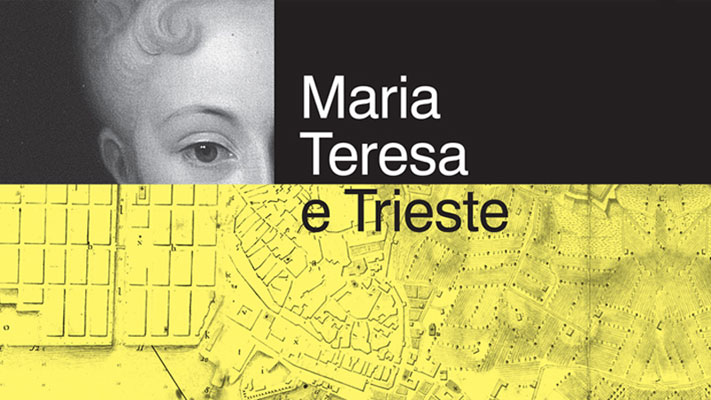
From 07.10.2017 to 18.02.2018
On the occasion of the 300th anniversary of the birth of Maria Theresa of Austria, from 7 October 2017 to 18 February 2018 the Magazzino delle Idee in Trieste presents the exhibition Maria Theresa and Trieste. History and cultures of the city and its port, through a never-before-seen journey – between history, customs and society – dedicated to Trieste and to the extraordinary role that Maria Theresa of Austria played in the urban, social, political and cultural development of the city, anticipating the future with her reforms. The exhibition is organised by ERPaC (Regional Agency for the Cultural Heritage of Friuli Venezia Giulia), Service for the Promotion, Enhancement and Development of the Territory, in collaboration with the Polo Museale del Friuli Venezia Giulia and the University of Trieste. The exhibition is part of the ‘Una donna è Trieste’ (A Woman is Trieste) project, desired by the city’s most important institutions.
Maria Theresa of Austria
Daughter of Emperor Charles VI, Maria Theresa of Habsburg was a pivotal figure in the complex European system of the time and a fundamental reference point for the birth of 18th century Trieste, even though she paradoxically never visited the city in person. Indeed, history shows the fascinating temporal parallelism between the life of the Sovereign and the period of Trieste’s growth: if Maria Theresa, between the year of her birth in 1717 and her death in 1780, went through the phases of her private life – child, woman, mother, widow – and public life, inheriting her father’s power and offices to become Sovereign, in the same time span Trieste embarked on a phase of impressive demographic social and economic growth, quadrupling its number of inhabitants, with the transformation from a small village perched on the San Giusto hill to a full-fledged city, and becoming in the mid 18th century the first emporium port of the Habsburg Empire and one of the main ones in the Adriatic and the Mediterranean.
It was therefore a woman and Sovereign, Maria Theresa, who changed Trieste’s destiny, opening it up to the 19th century and making it the Mitteleuropean city we know today, animated by people from all over the Mediterranean. To her we owe the multi-ethnic soul, the commercial and maritime vocation, the architectural and urban features and the extraordinary era of modernisation that saw her implement reforms in the educational, institutional and financial spheres, as well as state innovations, such as the institution of the land register and the tavolare book, or health innovations such as the introduction of vaccinations, after she herself had been struck by smallpox.
Emblematic of this period is the Borgo Teresiano that was created in the reclaimed area of the salt pans, which were filled in to house the buildings of the new city. The appearance of present-day Trieste can in fact be traced back to the 19th century, but nothing would have been possible without the far-sighted and precise intervention put in place by the sovereign during her forty-year reign. The enlightened Maria Theresa permeated an era that for Trieste meant the transition from the ‘child city’ to the later centre of European and international trade.
‘In Trieste, the reflections of Maria Theresa’s policy of government and reforms are declined,’ explains Rossella Fabiani of the exhibition’s Scientific Committee, ’which can be traced in measures and operations capable of transforming the small centre, still founded in the Middle Ages and closed at the northern edge of the Adriatic, into a port with surprising developments, a new outlet for Eastern Europe, at the service of that Empire, which the Empress will help to bring out of the still feudal tradition towards modernity.
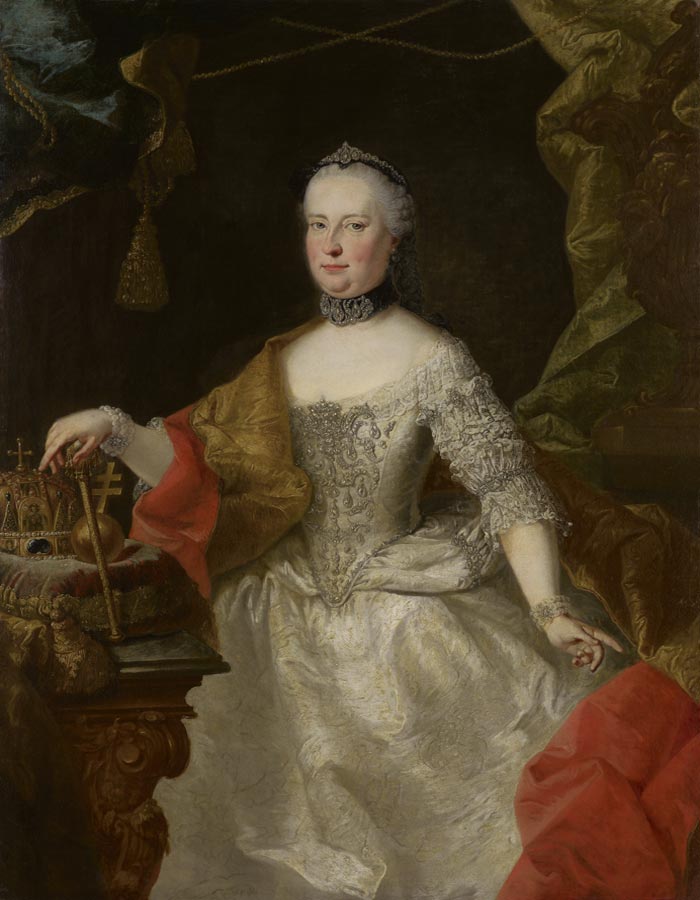
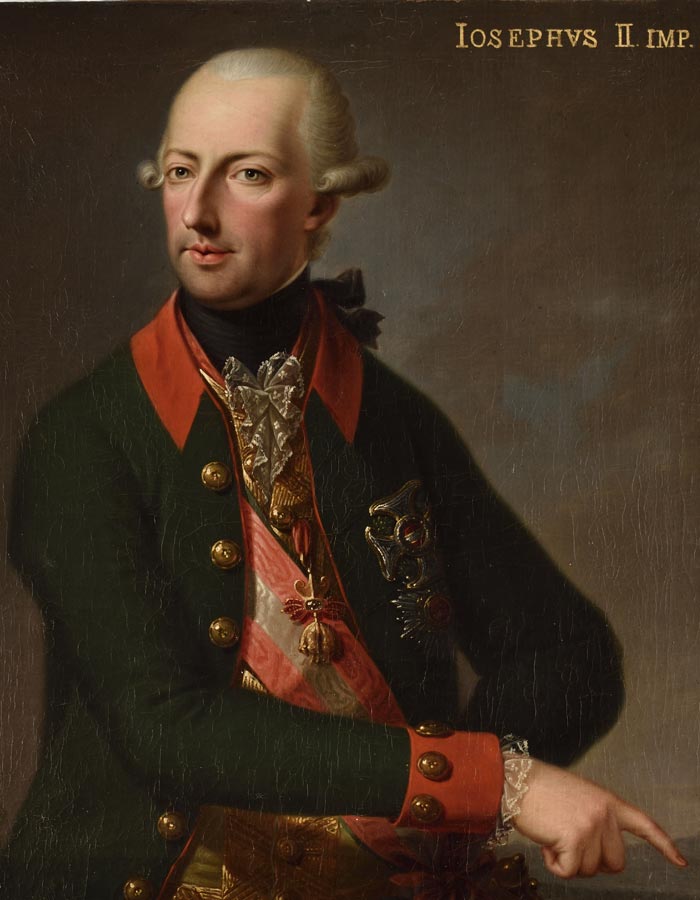
The Exhibition
The exhibition begins with a series of portraits and works – from: The Princely Collections, Liechtenstein, Miramare Castle, the Civic Museums of Trieste, the Maritime Museum, the Civic Library of Trieste, the Trieste Trade Museum and the Provincial Museums of Gorizia – that illustrate the family dynamics of the Habsburgs and the agreements with other European dynasties. Continuing along the exhibition, maps, views, paintings and objects of the period tell of aspects of the daily life of the merchant bourgeoisie, the large emporium and international personalities who were present in the city, including Casanova and Winckelmann, together with some of the institutional and production aspects of the Counties of Gorizia and Gradisca.
Part of the content of the exhibition will be provided through interactive installations by the Interfase studio, which will allow the visitor to discover complex aspects of 18th century Trieste in a clear and entertaining way. It will be possible to see the city grow from the historic core to its current waterfront or explore the trade routes of the Habsburg Empire that passed through the port of Trieste. Through multimedia installations, the visitor will thus be able to enter the Trieste of the Teresians in order to better understand the Trieste of today.
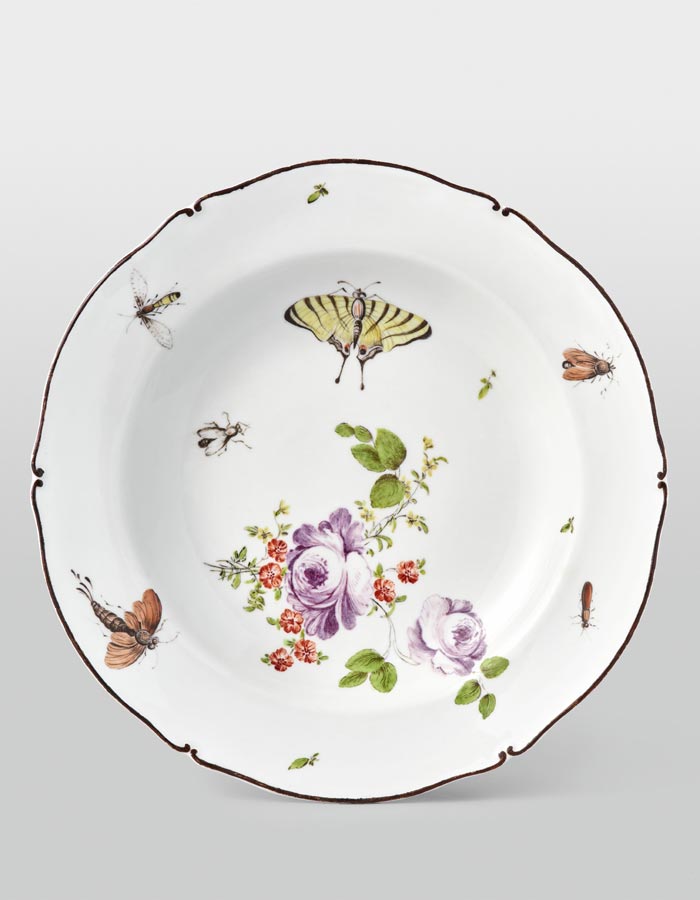
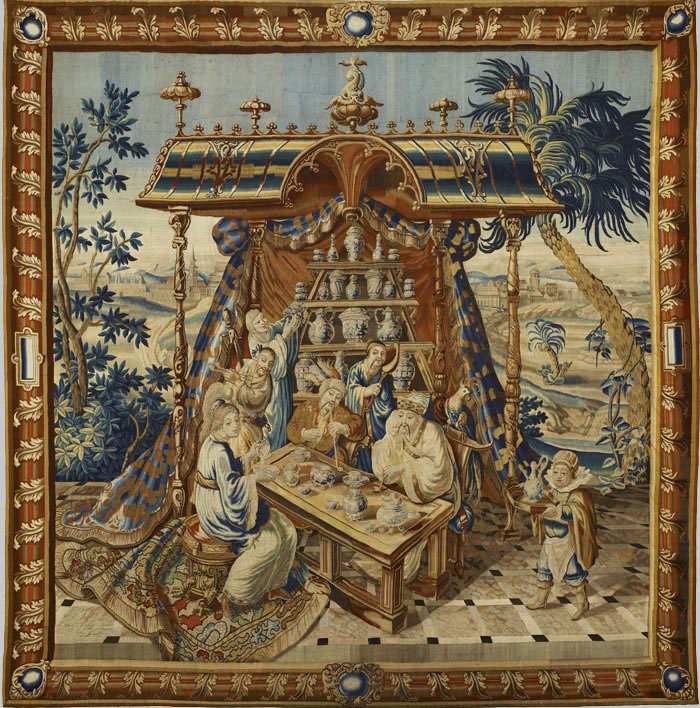
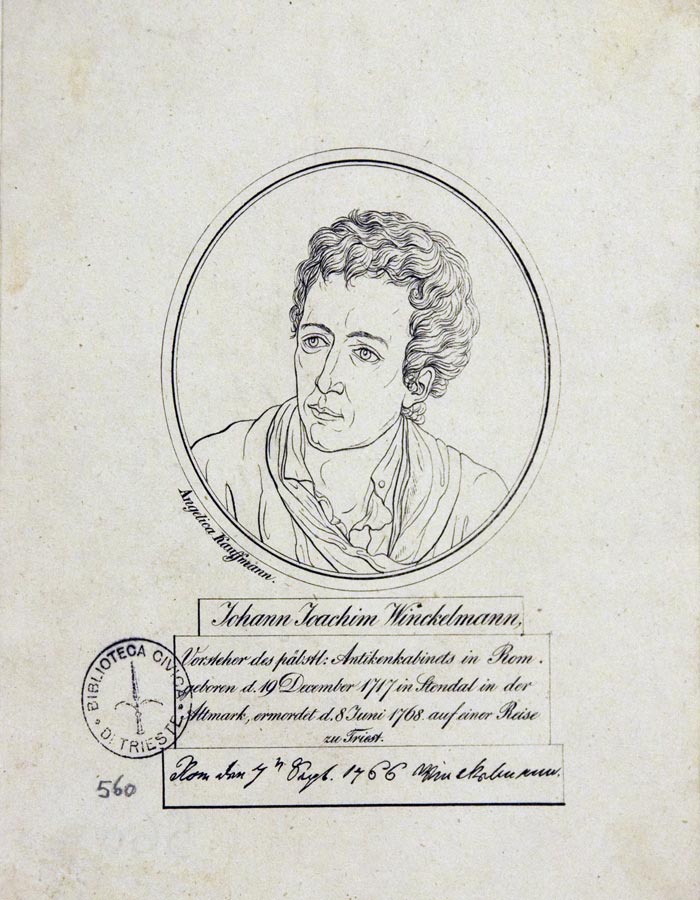
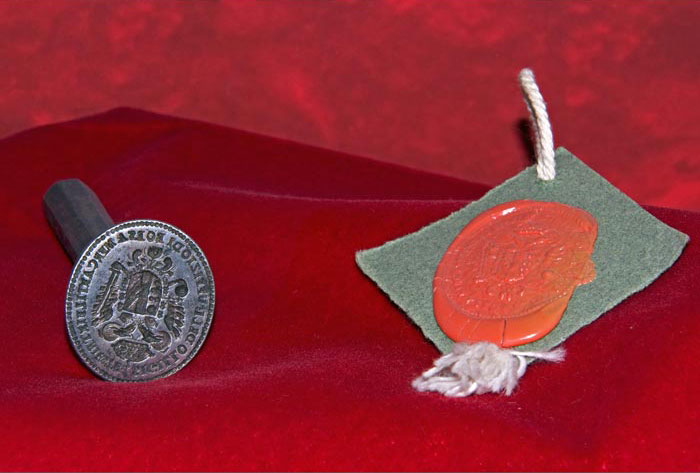

Opening hours
Tuesday to Sunday 10 a.m. – 7 p.m.
Closed Mondays
Special openings
Wednesday 1 November
Friday 8 December
Tuesday, 26 December
Sunday 31 December closing at 16.00
Monday 1 January 2018 opening at 11 a.m.
Tickets
Full 6 €
Reduced price ticket 4 €
Reduced price for groups 3 €
Free for FVGcard holders
